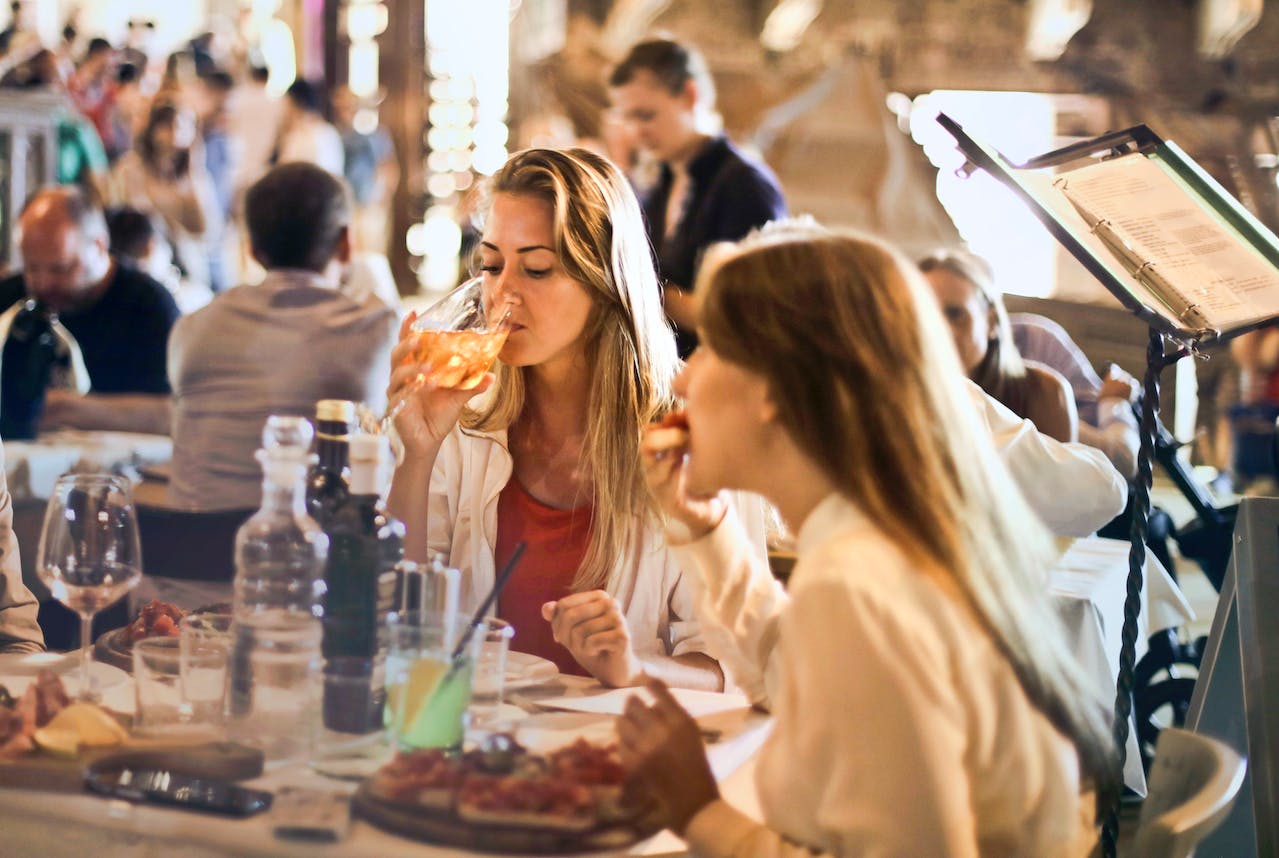In the dynamic realm of the food industry, safeguarding the safety and excellence of the meals offered stands as an absolute priority. Central to upholding these standards are restaurant inspections, a pivotal force ensuring compliance. Recent strides in technology have sparked a revolution in the way inspections are carried out and managed, promising a transformative impact on food safety and regulatory adherence. Looking ahead, several trends in restaurant inspection software are emerging, poised to reshape the landscape of the industry.
- Integration of IoT and Sensors: The imminent influence of the Internet of Things (IoT) is set to redefine the restaurant landscape. In the sphere of inspection software, IoT-connected devices and sensors hold the power to monitor real-time variables like temperature, humidity, and air quality. This means restaurants can promptly receive alerts in case of any fluctuations that might jeopardize food safety. For instance, a sudden rise in a refrigerator’s temperature triggers immediate notifications to both restaurant management and regulatory bodies, enabling swift corrective measures.
- Predictive Analytics: Data forms the bedrock of informed decision-making. Within restaurant inspections, predictive analytics, propelled by advanced algorithms, can preemptively flag potential issues before they escalate. By scrutinizing historical inspection data alongside factors like weather patterns, inspection software can predict periods when a restaurant might face heightened risk, offering proactive suggestions to mitigate those risks. This not only enhances food safety but also optimizes inspection resource allocation.
- Mobile Applications for Inspectors: Tailored mobile inspection software options can significantly aid inspectors in the field. These apps offer real-time access to inspection guidelines, regulatory requirements, and restaurant-specific historical data. With intuitive interfaces and integrated image capture, inspectors can efficiently document their findings, minimizing manual paperwork. Moreover, these apps foster instant communication between inspectors and restaurant managers, streamlining compliance issue resolution.
- Blockchain for Transparency: The potential of blockchain technology in restaurant inspections lies in creating tamper-proof, transparent records. By logging every inspection and compliance action on a blockchain ledger, stakeholders—from regulators to consumers—gain access to an immutable and traceable record of a restaurant’s safety practices. This level of transparency not only fosters trust but also incentivizes restaurants to maintain the highest standards to uphold their reputation.
- AI-Powered Image Analysis: Artificial Intelligence (AI) enhances visual inspection by analyzing images and videos to detect potential violations or anomalies. AI algorithms aid in identifying improper food storage practices or cleanliness issues, ensuring accurate assessments while reducing subjectivity and ensuring consistency in evaluations.
- Remote Inspections and Augmented Reality: Augmented reality (AR) facilitates remote inspections by allowing inspectors to guide on-site staff through inspections using AR overlays. This approach is particularly valuable in scenarios where travel is restricted or rapid assessments are required, promoting efficiency by reducing travel time and costs.
- Customizable Compliance Solutions: Future trends highlight the need for customizable solutions that adapt to the unique layout, menu, and operational processes of each restaurant. Tailoring software to specific restaurant needs ensures thorough and relevant inspections from a mystery shopping company, ultimately enhancing the safety and quality of the food service industry.
With these trends at the forefront, a safer and more transparent food service industry is on the brink of realization.
